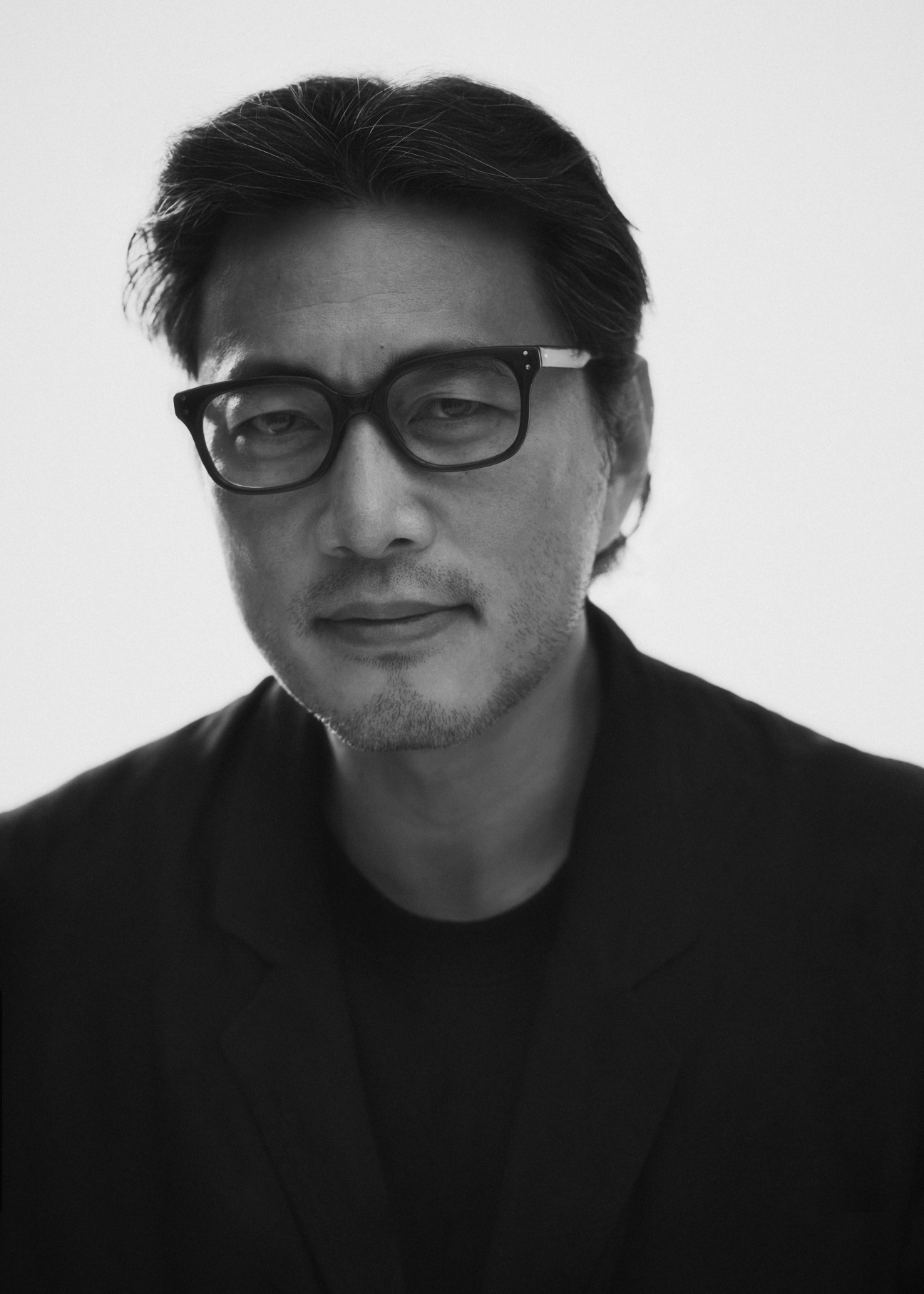
CULTURED’s monthly column, Spatial Awareness, is meant to pull back the curtain (just a little) on some of the most original voices working in architecture today.
K-Pop. K-Drama. Korean skincare. Over the past two decades, South Korea’s pop culture has become one of the country’s most valuable exports. (Enrollment in Korean language classes at U.S. colleges spiked 78 percent from 2009 to 2016, according to the Modern Language Institute.) Mass adoption (and celebration) arrived in London in 2022 when the V&A Museum presented the exhibition “Hallyu! The Korean Wave,” exploring the country’s outsized cultural impact through 250 objects. Now, another Korean artistic export is ready to take the stage: architecture.
Earlier this year, London’s prestigious Serpentine Galleries invited the Korean architect Minsuk Cho and his Seoul-based firm Mass Studies to design the 23rd pavilion in Kensington Gardens. Since 2000, the buzzy commission on the grand lawn of the Serpentine South has been awarded annually to an international architect (Zaha Hadid, Rem Koolhaas, Oscar Niemeyer) or artist (Olafur Eliasson, Theaster Gates, Ai Weiwei). The iteration designed by Cho, who cut his teeth as a young architect at Rotterdam’s OMA and set out on his own more than 20 years ago, opens on June 7.
Cho is not a global architect. The majority of his built work, from temples to mixed-use developments, is in Korea, and he usually abstains from working farther afield. “I can drive three hours and be somewhere completely different, exotic even, a new context, a new challenge,” Cho explains. Yet even before securing the Serpentine commission, he has had a global voice and impact. He served as the commissioner of the Korean Pavilion for the 2014 Venice Architecture Biennale, delivering a thoughtful and thorough treatise on Korea’s North and South. His first-time curatorial efforts earned him the coveted Golden Lion Prize.
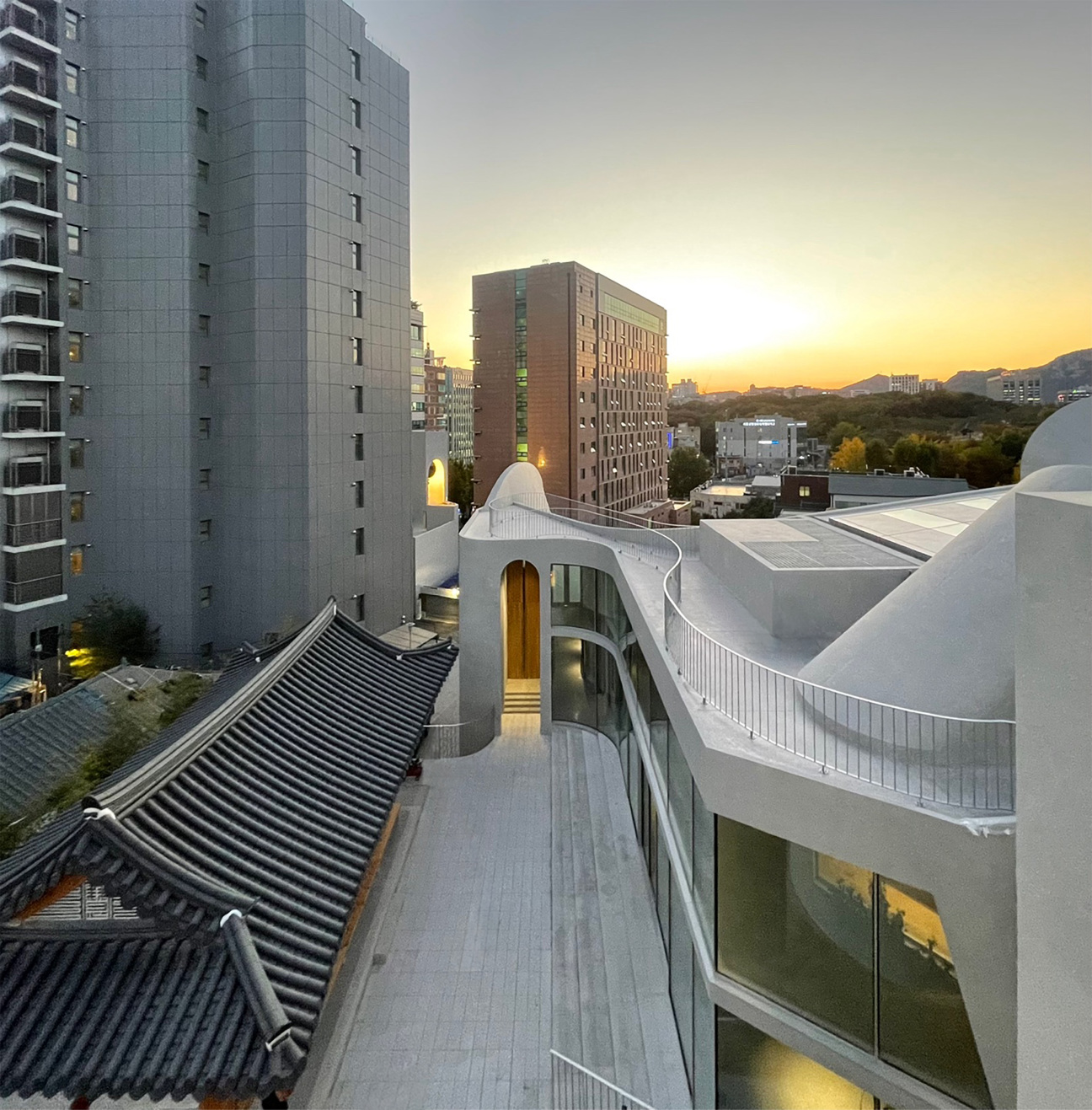
A highly intellectual creative with a 50-employee-strong practice, Cho compares his role to that of a player and coach—adaptive and constantly learning. Architecture serves as a language and methodology, and he sees his office as an assembly of ideas and components that serve an array of propositions, days or years in the making.
History and locality are preoccupations for Cho, and no project better showcases these interests than the Choru visitor center for the fermentation of black vinegar, which opened in 2023 on the southern tip of the South Korean peninsula. Here, Cho transformed local materials into a tranquil setting for a culinary art form that is thousands of years old. His minimalist building is a backdrop for 2,000 onggi vessels—handcrafted jugs storing brown and malted rice as well as local mountain water. He commissioned the community’s onggi master to fabricate the center’s chimney, creating an earthenware totem reminiscent of Isamu Noguchi’s carved wooden sculptures.
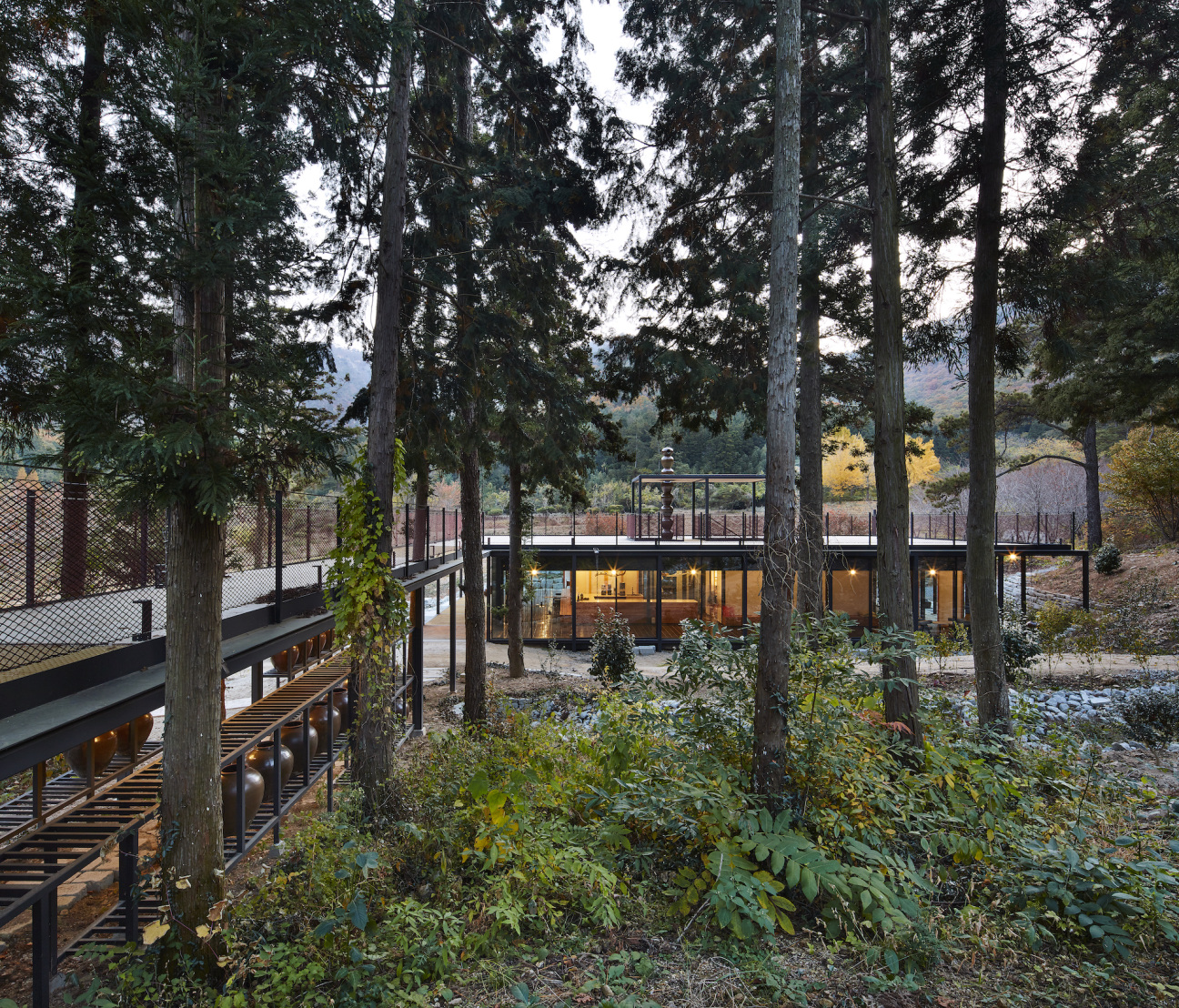
Responding to the Serpentine’s site and context, Mass Studies’s pavilion consists of an empty core with a handful of offshoots, each handling a single function: Gallery, Auditorium, Library, Tea House, Play Tower. Cho’s exploding star is a new addition to the canon of constellation-shaped architecture and art, from Frank Gehry’s Biomuseum in Panama City to Frank Stella’s sculptural star series.
The title of Cho’s five-prong structure, “Archipelagic Void,” pays homage to the Serpentine Artistic Director Hans Ulrich Obrist and Martinican philosopher Édouard Glissant. In the pair’s 2021 book The Archipelago Conversations, Obrist and Glissant pondered creolization, which is defined as hybridization with an added value of unpredictability. Cho’s architectural creolization is an amalgamation of East meets West, a result of the constant cultural exchange that comes with globalization.
Follies are out of fashion, and Cho’s pavilion is brimming with programmatic intention. The library will be organized by artists Heman Chong and Renée Staal, who cofounded the project The Library of Unread Books, while the gallery features a six-channel soundscape by Korean composer Young-gyu Jang. Visitors are likely to surprise the architect when they reimagine the space for themselves. And that is just fine with Minsuk Cho.
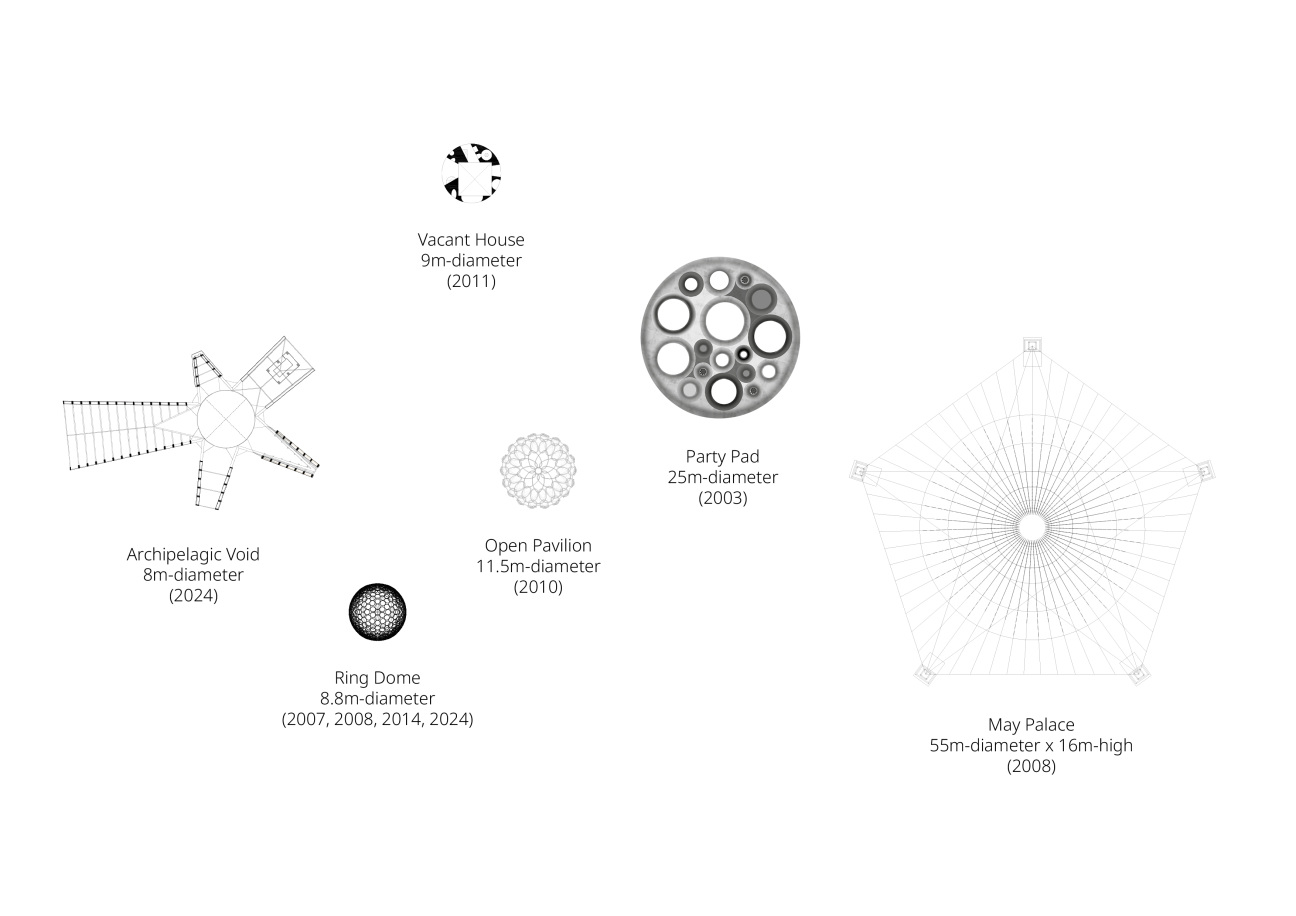
IN HIS OWN WORDS
What was your favorite toy growing up?
Our home was full of toys, including Legos, but they were too simplistic. I was a maker—I loved clay, paper, sand, raw materials. I was a very messy kid.
Whose house would you live in (real or fictional) and why?
Casa de Vidro by Lina Bo Bardi—airy and anchored to the ground.
What is your go-to uniform when you're powering through a project?
I’m oblivious to what I am wearing. But footwear is important. On construction sites, I wear thick-soled sneakers or boots all in black (I’m a cliche).
Who chooses the playlist in your studio?
Three hundred sixty-four days a year, we are monks in the office. We have an amazing annual ritual—a March office party for collective listening. This year, our French intern played a selection of Prince, Sheila E, and Vanity 6.
What’s a trend in architecture you wish would die out?
This is specific to Korea: many of our old concrete buildings are rehabilitated to maintain a rawness, which I describe as a ruin fetish.
What is one detail of a structure that most people wouldn't notice, but that you always look to for insight?
I’m always searching for those immersive qualities: sonic, acoustic, tactile, and especially scent, as smells produce very important, strong memories of your pilgrimages.
Are there any analog materials you return to in spite of the prevalence of new technologies?
Clay and local rocks.
What is the most progressive architectural city you’ve visited?
This is a trick question—progress can be defined in many ways! I nominate Kyoto, a city nearly 1,500 years old that remains vibrant, cosmopolitan, and contemporary because of its heritage.
What is your last source of inspiration that surprised you?
We were visiting the temple where the renowned Buddhist nun and chef Jeong Kwan resides. It was late, and we were setting up in her kitchen to prepare the instant noodles we had packed. Chef Kwan unexpectedly popped in and took over—placed the ramen in her special pot boiling with mountain water and added soybean paste and seaweed. So delicious. It was not lost on me that the famous slow food guru had just served us instant ramen! I was inspired by her kindness.

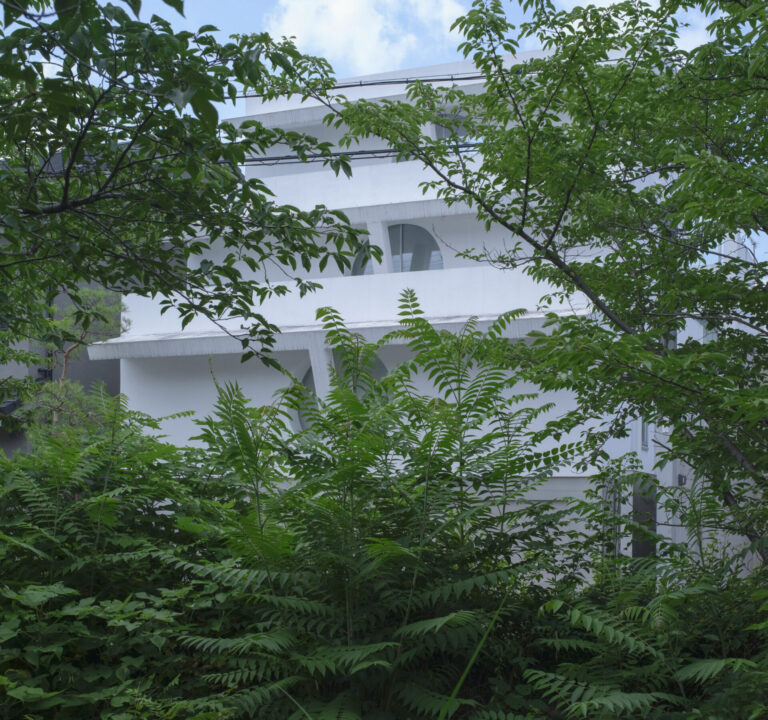
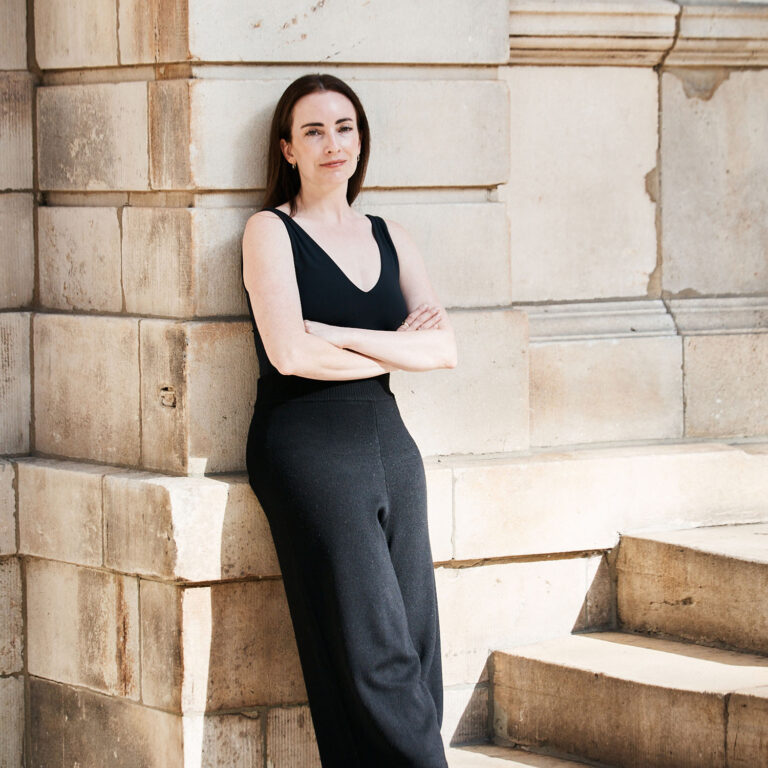

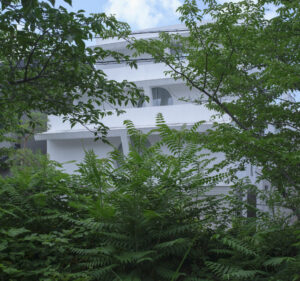
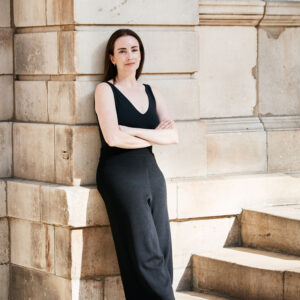




 in your life?
in your life?

